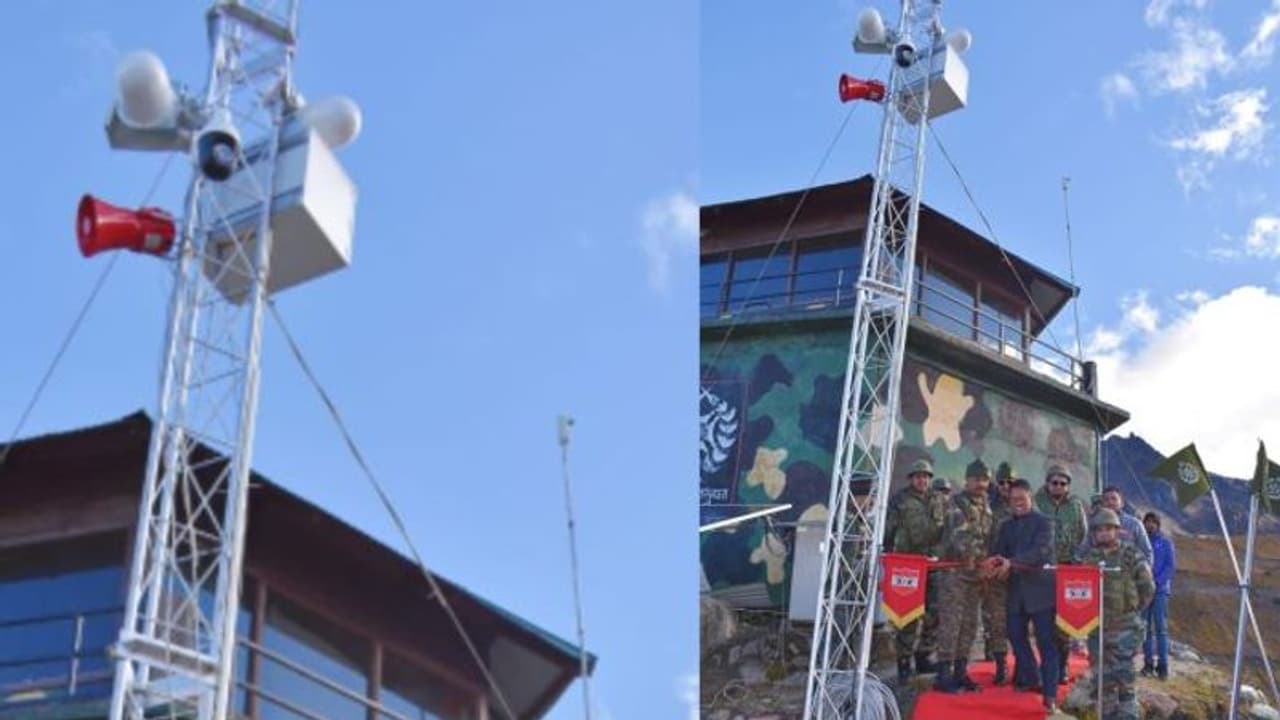The Avalanche Monitoring Radar will assist in saving valuable life of troops and reducing damage to property in Super High Altitude Areas. The system was made operational by the DGRE of the Defence Research and Development Organisation.
Aimed at preventing any untoward incidents due to natural disasters, the Indian Army and Defence Geoinformatics and Research Establishment (DGRE) have jointly erected the Avalanche Monitoring Radar at a forward post at an altitude of 15,000 feet in North Sikkim.

The radar is a first of its kind in the country. It can detect avalanches within three seconds of their trigger and will assist in saving the valuable life of troops and reducing damage to property in Super High Altitude Areas.
Also Read: India orders 35 BrahMos missiles for Navy worth Rs 1700 crore
Inaugurated by the Indian Army's TriShakti Corps General Officer Commanding Lieutenant General Tarn Kumar Aich, the avalanche radar system was made operational by the DGRE of the Defence Research and Development Organisation.
The DGRE is an organisation involved in forecasting and mitigating avalanche hazards faced by the Indian Army in the Himalayan Region. This radar uses a series of short microwave pulses which are scattered at the target and can detect an avalanche in under three seconds.
The radar can permanently scan the targeted slope for avalanche release and track the avalanche's path and its size in case it is triggered. The radar can see through snow and fog as well as at night, making it an all-weather solution and covering an area of two square kilometres obviating the requirement to place additional instruments in dangerous avalanche-prone areas.
As per an official, the radar system is also linked to an alarm system enabling automatic control and warning measures in case an avalanche is triggered.
"Images and videos of the event are automatically recorded for future analysis by the experts," he said. It can also be employed to detect landslides.
"In an area where the frequency of triggering of avalanches is high, the installation of the first avalanche radar will go a long way in safeguarding the life of troops of the Indian Army deployed in harsh terrain and sub-zero temperatures while at the same time limiting damage to vehicles and equipment operating at such snowbound High Altitudes Areas," he said.
Also Read: War with potential adversaries can never be ruled out: Indian Navy chief
